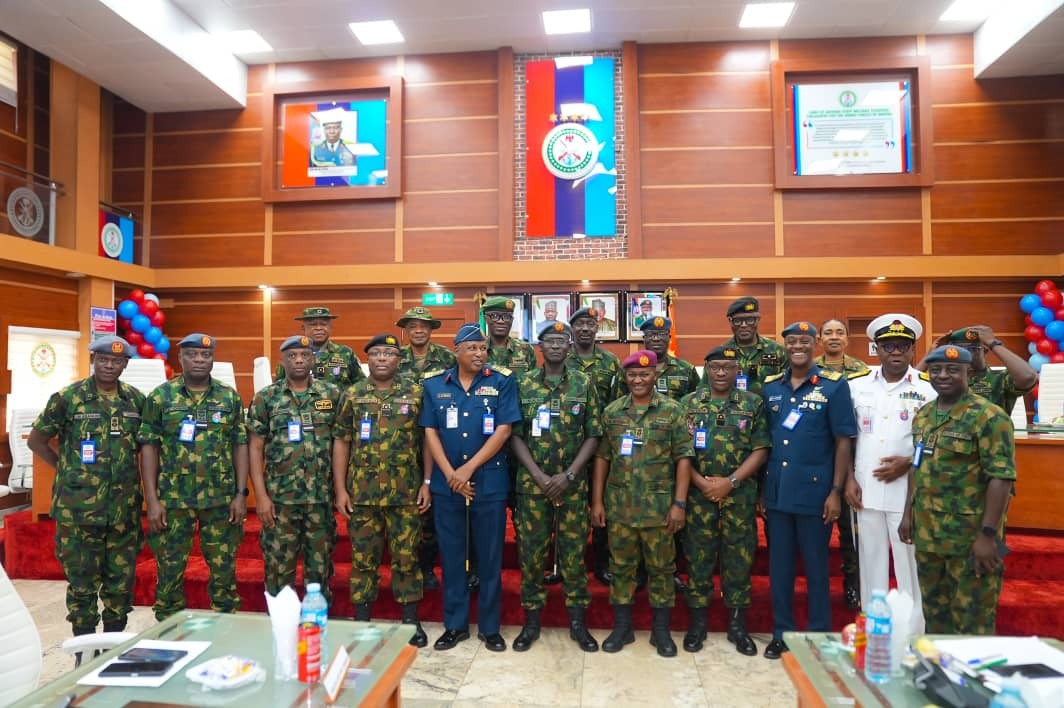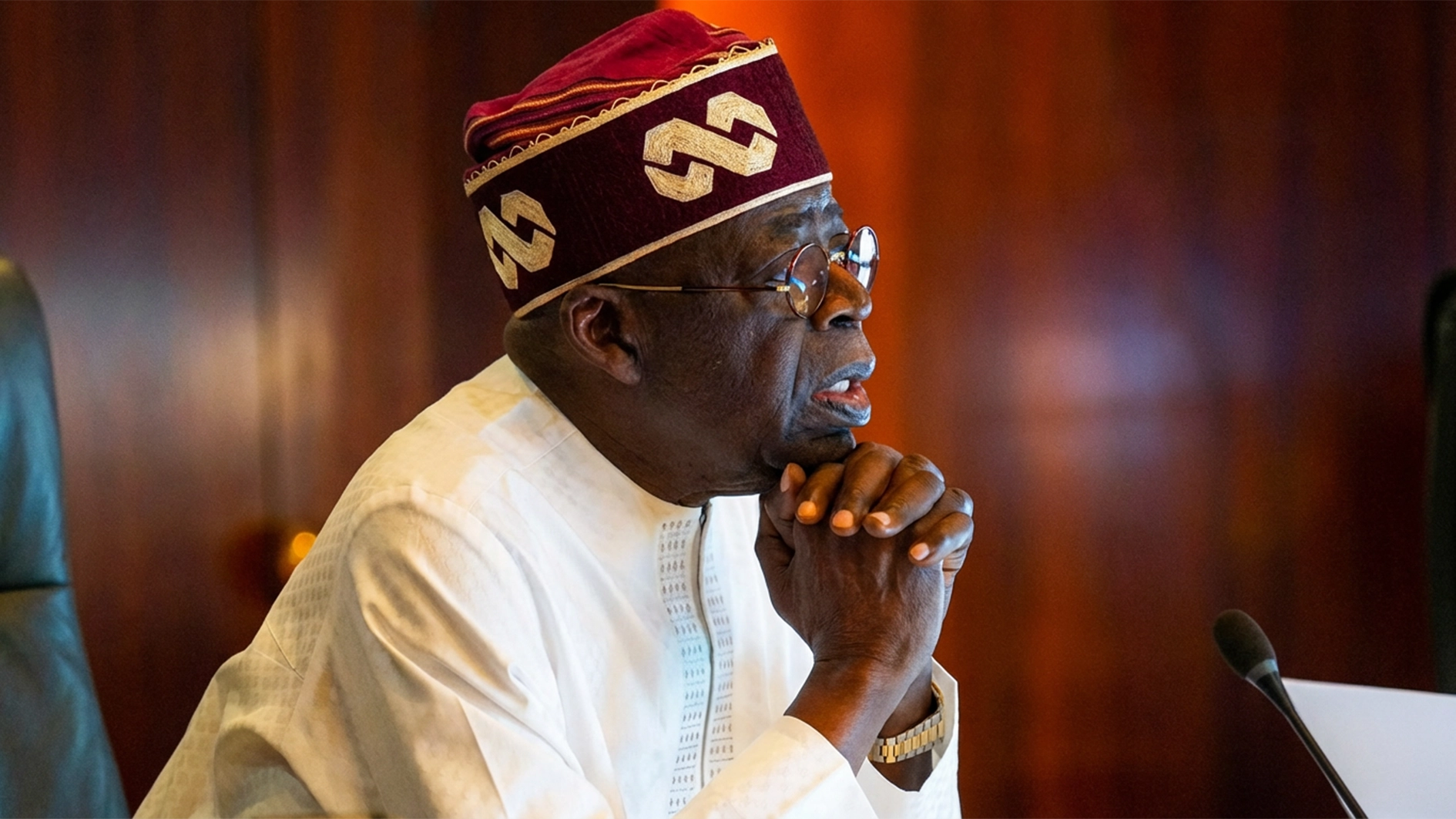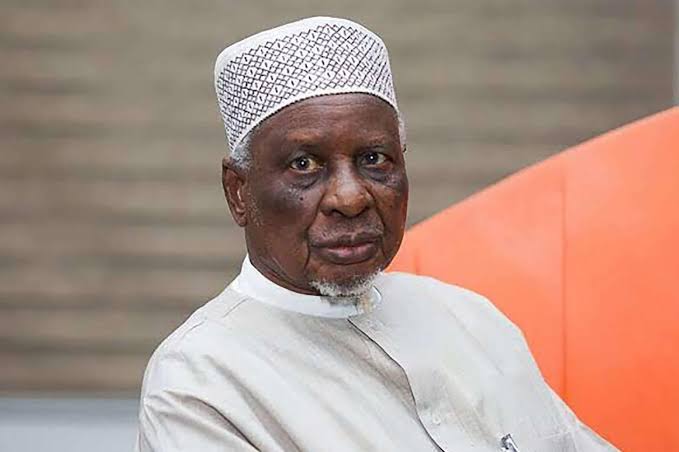
• Electricity will be available to 300m Nigerians, minister assures
• TCN indicts police on arrested vandals, bandits
Nigeria’s electricity generation has stagnated at an average 4,000 megawatts despite the promises made by the Minister of Power, Adebayo Adelabu, to boost the capacity to 6,000MW by the end of 2024.
This came as the Federal Government, yesterday, said N8.8 billion was spent to fix 128 vandalised transmission towers. Electricity data from November 19 to 27, 2024 showed that Nigeria’s power generation remained between 3,000MW and 5,000MW, the same level it had been since the power sector was privatised.
Nigeria’s peak generation in the last one week was between 5,047.9MW and 5,189.3MW, while the stable output stood between 3,704.51MW and 4,360.29MW. Yesterday, the performance stood between 4,200MW and 3,300MW, even as most customers were being migrated to band A on the guise that power supply was improving.
The Transmission Company of Nigeria (TCN) had stated that vandals damaged 128 lines comprising 330kV and 132kV across the country in the first 11 months of this year.
The incidents, which spread across the country, especially in the North, Enugu and Port Harcourt, crippled transmission capacity at a time the market was preparing for bilateral ties.
Adelabu said the Federal Government was working with the World Bank and African Development Bank (AfDB) to make electricity available to 50 million Nigerians by the year 2030.
Managing Director of TCN, Suleiman Abdulaziz, who was represented by the Executive Director, Transmission Service Provider (TSP) of TCN, Olugbenga Ajiboye, said since January 13, 2024, 128 transmission towers were destroyed either by vandals or bandits, across the country. He lamented that when the vandals were apprehended and handed over to the police for prosecution, they were bailed; thus giving them the opportunity to continue with the vandalism.
“As I talk to you today, 128 of our towers have been destroyed by either vandals or bandits. Till date, we have spent about N8.8 billion, by our estimation, to put them back to full and functional use. It is so sad that each time the vandals were caught and taken to the police for prosecution, the police would incident them for theft, instead of vandalism and they will be bailed. If they are charged for vandalism, they cannot be bailed, but this is where we are. So many of them have been arrested, but each time they will be bailed because police often incident their cases as that of theft.
“When the Shiroro-Mando-Kaduna towers were destroyed, we had to get the full military escorts for our contractors to get the transmission lines and towers restored, and in the some cases, they would tell us that we could only work for two hours in some days. In some instances, they would even tell us that it was not safe to move there. How do we get out of this? How can we deliver electricity to Nigerians under these terrible circumstances? These are part of the challenges we are facing in the power sector,” Abdulaziz said.
The minister said the power ministry was collaborating with its finance counterpart to achieve the process. He added, “The Mission 300, driven by the World Bank and AfDB, is a project that will provide electricity to 300 million Africans, and 50 million Nigeria will benefit from this. Nigeria has a large population that is without electricity and this is a great opportunity for us to be part of this process.
“The Compact document will be signed by President Bola Tinubu in Tanzania in January, 2025. We worked extensively with World Bank, AfDB and the Ministry of Finance to develop the document with all the countries that will be participating in it.
“The most important thing is that we have to drive the process by ourselves through private and public sector participation. We will do it through the solar form system, mini and micro grid, grid extension and connection.”
Power generation stagnates amid promises, repair of 128 towers at N8.8b

Adebayo Adelabu, Minister of Power





